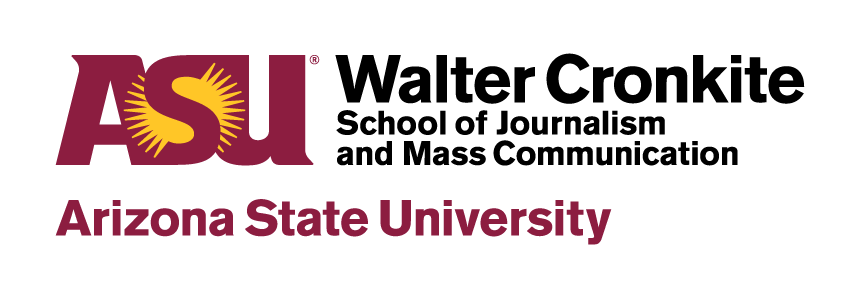“Disability Vote Summit aims to eliminate disabled-voter turnout gap”
Tuesday, October 9 was the final day to register to vote in multiple states, including Arizona. One voting block — people with disabilities — has historically held less political weight when it comes to national elections than those without disabilities, according to a recent article in the St. Louis Beacon. The votes cast by disabled voters are counted equally along with everyone else’s to be sure, but the problem quite simply is turnout.
Just as efforts are being made to decrease the unemployment rate for the disabled community this October, so groups in Missouri are attempting to <em>increase</em> the number of voters with disabilities who make their way to the polls next month. The Missouri Disability Vote Project held the St. Louis Disability Vote Summit on Thursday, Oct. 4.
The article states that in the 2008 Presidential election, disabled voter turnout was 57 percent, compared to 64 percent of the general population. Many, including attorney David Newburger, claim that one major reason for the disparity lies in the relative inaccessibility of polling places. The link above provides a nice sketch of the model for a fully accessible space for all to vote without physical barriers.
Three questions this brought to my mind for me:
1. If a polling place is inaccessible to people with disabilities, can this be seen as a form of voter suppression/discrimination on the same level as imposing stricter voter ID laws?
2. If the answer to 1 is yes, then what recourse (besides litigation) does the community have in order to correct the problem?
3. How would Universal Design aid in the campaign to get more people with disabilities to the polls?

